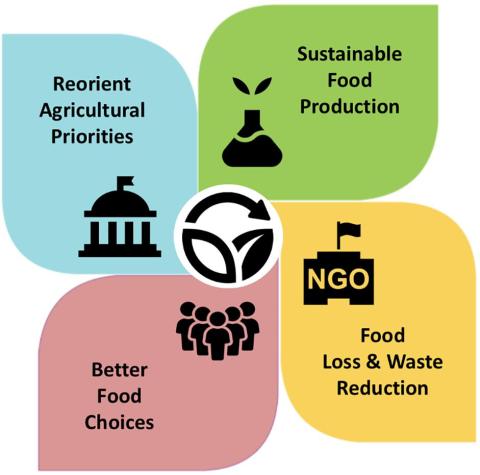Abstract
The last decade has witnessed dramatic changes in global food consumption patterns mainly because of population growth and economic development. Food substitutions for healthier eating, such as swapping regular servings of meat for protein-rich crops, is an emerging diet trend that may shape the future of food systems and the environment worldwide. To meet the erratic consumer demand in a rapidly changing world where resources become increasingly scarce due largely to anthropogenic activity, the need to develop crops that benefit both human health and the environment has become urgent. Legumes are often considered to be affordable plant-based sources of dietary proteins. Growing legumes provides significant benefits to cropping systems and the environment because of their natural ability to perform symbiotic nitrogen fixation, which enhances both soil fertility and water-use efficiency. In recent years, the focus in legume research has seen a transition from merely improving economically important species such as soybeans to increasingly turning attention to some promising underutilized species whose genetic resources hold the potential to address global challenges such as food security and climate change. Pulse crops have gained in popularity as an affordable source of food or feed; in fact, the United Nations designated 2016 as the International Year of Pulses, proclaiming their critical role in enhancing global food security. Given that many studies have been conducted on numerous underutilized pulse crops across the world, we provide a systematic review of the related literature to identify gaps and opportunities in pulse crop genetics research. We then discuss plausible strategies for developing and using pulse crops to strengthen food and nutrition security in the face of climate and anthropogenic changes.



